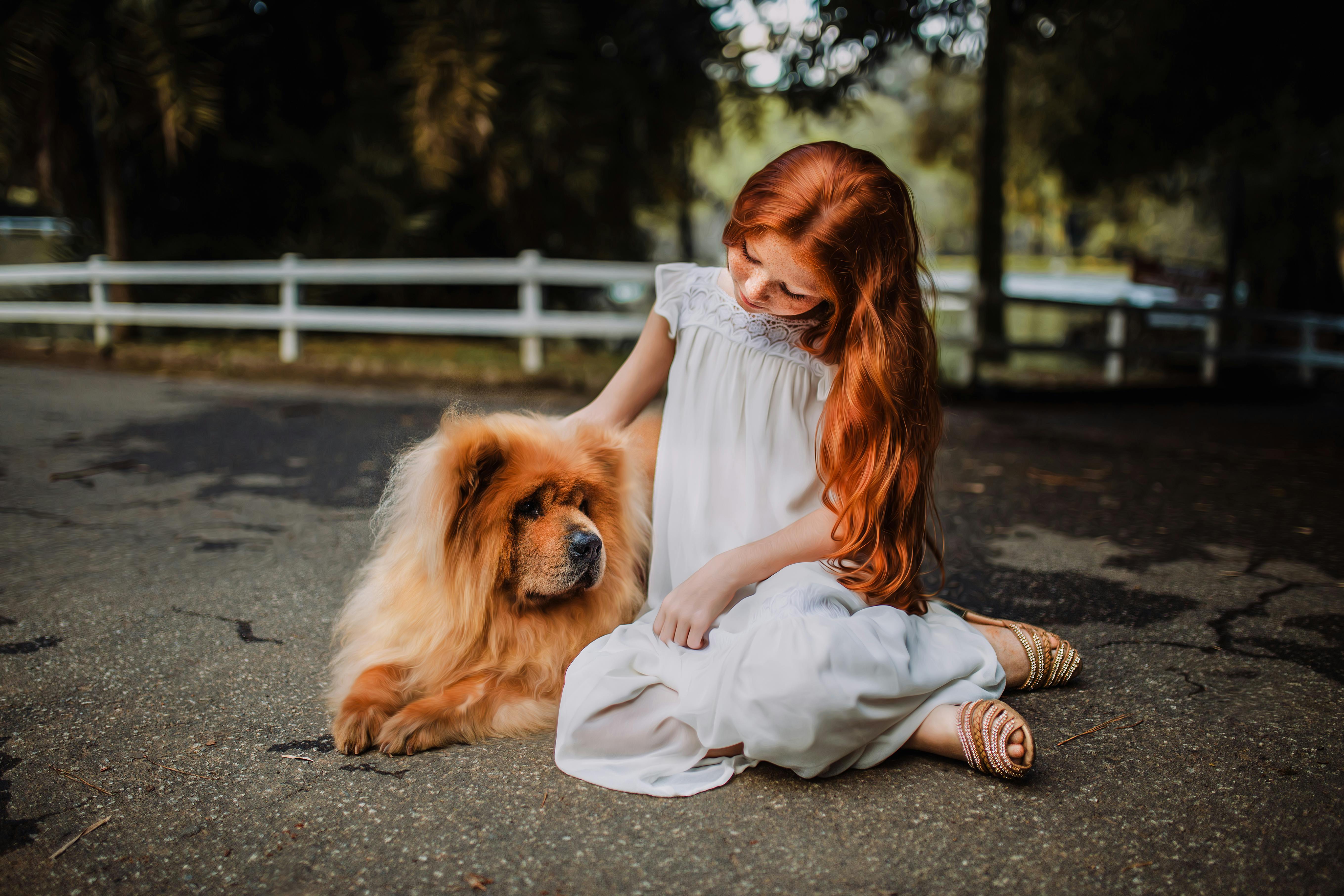
Canine Anal Sacs – Canine Anal Sac Care Tips
Canine anal sacs are nature’s way of helping a dog mark its territory. When your dog defecates, the sphincter muscles contract and, pressing against the anal glands, excrete an oily fluid.
Problems occur when the glands produce more fluid than can be squeezed or emptied from the glands or stool, and the sphincter muscles do not apply enough pressure.
The most noticeable symptom of canine anal sac problems is when your dog slides his butt across the floor. He does it to help relieve pressure and any pain he feels. If the infection has become established, you may notice a thinner, yellowish, foul-smelling fluid. Your vet will need to drain the gland and apply antibiotics.
If left untreated, an abscess could form, which means fluid is trapped in the anal sac. Symptoms may include fever and reddish or purple areas and swelling in the anus. Eventually, the pressure will cause the glans to rupture. At this point, to bring relief, your vet will need to cast an opening. Treatment includes repeated rinsing of the initiated area and oral antibiotics.
Tips to help your dog avoid problems with canine anal sacs
1. Check your dog’s anal sacs frequently: Ask your vet to check both sacs at every checkup. You can check this by looking at the 5 and 7 o’clock position around the anus. The bags are the size of a bean. If it is swollen, you will see small bumps under the skin.
2. Squeeze out the bags: You can empty the bags by gently pressing against the skin on each side of the bag. This can be tricky, so wear protective gloves and possibly do it in the bathroom. Only do this if you think your dog is having trouble emptying them naturally.
3. Add fiber to the diet: Owners who feed their dogs table scraps are doing them a disservice. The waste leads to loose stools. Only firm stools have the necessary pressure to help the dog’s anal glands empty. Instead, provide your dog with a fiber supplement, fiber treats, or a high-fiber commercial dog food.
4. Consider Herbal Supplements: Certain supplements such as Taraxacum officinale (dandelion) and Matricaria recutita (German chamomile) are known to support acorns. These are natural products and should help your pet. Check with your vet so he or she can determine if your dog is making this kind of progress.